Whales Are Learning New Ways To Communicate With Humans
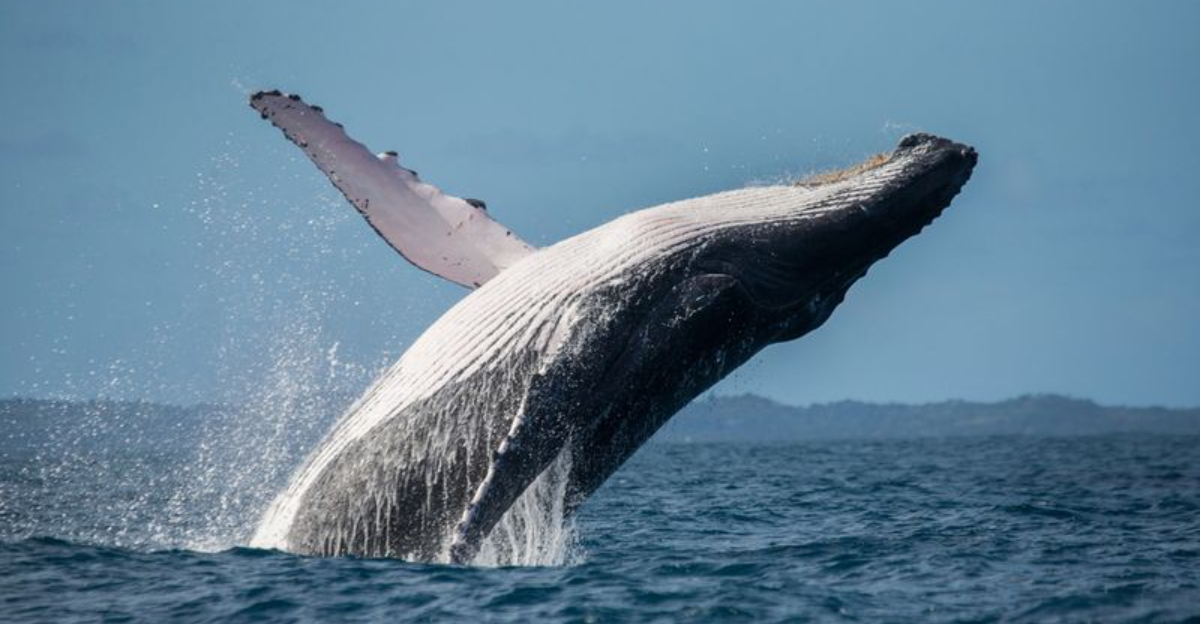
The deep blue ocean holds many mysteries, but perhaps none as fascinating as the ways whales try to talk to us. These massive, gentle giants have been developing surprising methods to bridge the communication gap with humans.
Scientists are just beginning to understand these incredible attempts at cross-species connection, and what they’re discovering might change how we see these magnificent creatures forever.
Whales Are Some Of The Smartest Creatures In The Ocean
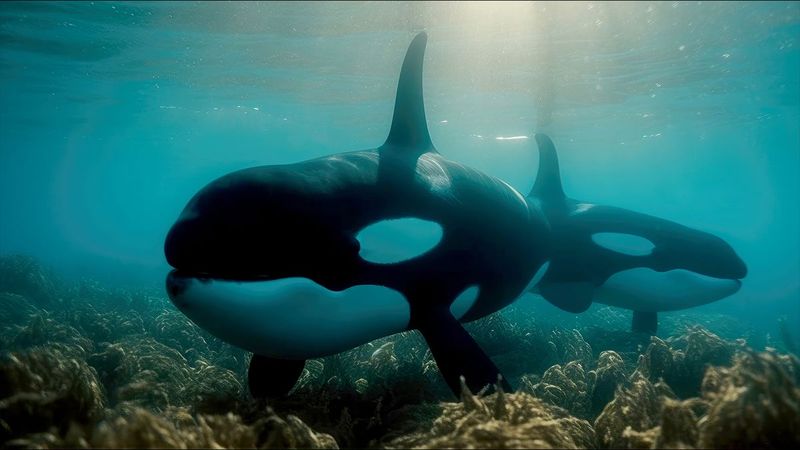
Whale brains are truly extraordinary. Some species have brain-to-body ratios that rival our own, with complex structures dedicated to emotional processing, social bonds, and problem-solving.
Orcas, often called killer whales, can understand complex concepts and even develop distinct cultural traditions that vary between pods. Humpbacks demonstrate remarkable cooperation when hunting, creating intricate bubble nets to trap fish.
Their intelligence manifests in surprising ways – from remembering migration routes spanning thousands of miles to recognizing individual humans they’ve encountered before. This cognitive power forms the foundation for their increasingly sophisticated attempts to interact with us.
They Use Songs, Clicks, And Body Movements To Share Information
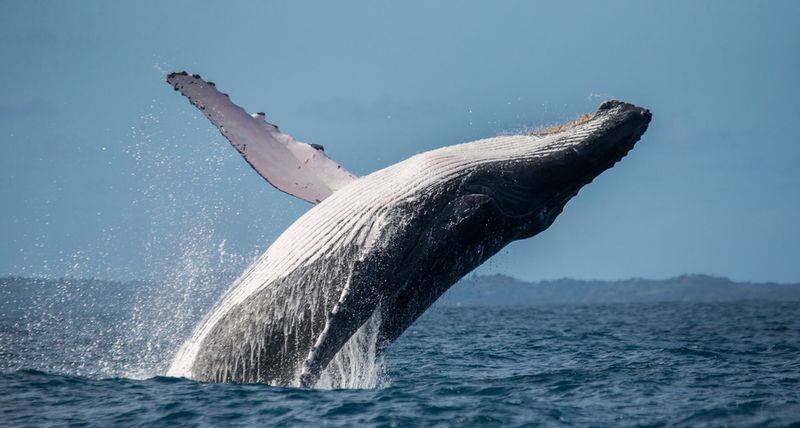
Whale communication goes far beyond what human ears can detect. Male humpbacks create elaborate songs that can last for hours and travel hundreds of miles underwater. These complex melodies follow specific patterns and change collectively over time.
Sperm whales click in distinctive patterns called codas, functioning as a type of social identifier for their family groups. Many species supplement their vocalizations with dramatic body movements – breaching, tail slapping, and spy-hopping.
Scientists have discovered that different populations develop unique dialects, similar to human languages. This rich communication toolkit now seems to be adapting to include signals specifically directed at humans.
Some Whales Can Even Learn New Sounds From Each Other
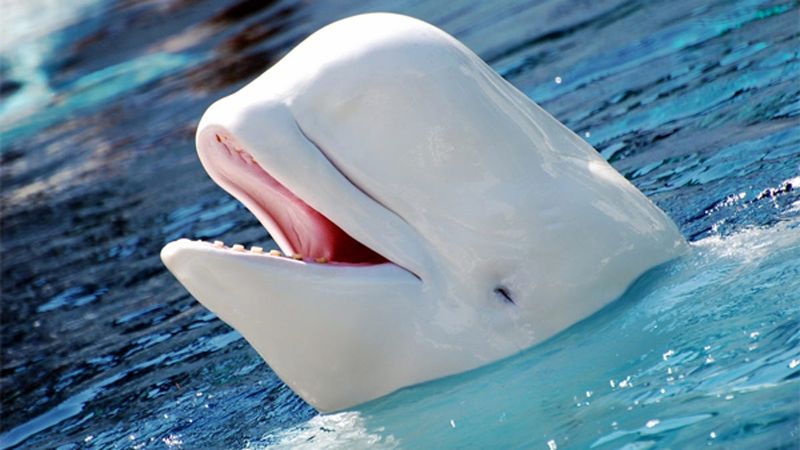
Beluga whales have earned the nickname “sea canaries” for good reason. These vocal mimics can imitate everything from human speech patterns to mechanical sounds like boat engines. A beluga named NOC famously produced human-like vocalizations that baffled researchers for years.
Orcas demonstrate similar abilities, learning calls from other pods when they meet. This vocal learning ability is extremely rare in mammals but crucial for developing communication.
The discovery that whales can adopt new sounds suggests they might be actively trying to find frequencies and patterns humans respond to. Their flexible learning abilities mean they’re constantly refining their approach to reaching us.
Humans And Whales Have Shared A Quiet Curiosity For Centuries
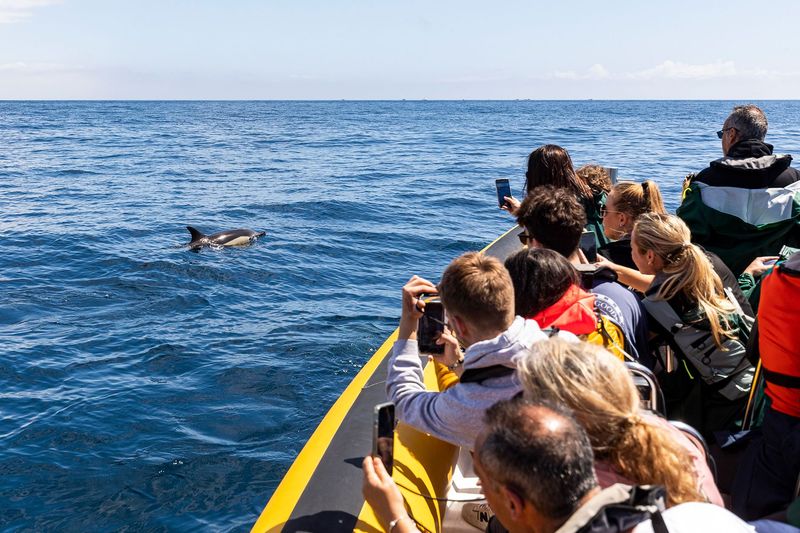
Ancient sailors’ logs contain countless stories of whale encounters that seemed more like meetings than random crossings. Indigenous cultures from the Arctic to Polynesia developed spiritual relationships with whales long before modern science began studying them.
Whalers paradoxically reported moments of what seemed like forgiveness – whales sparing boats after being harpooned. These historical accounts hint at a long-standing mutual fascination.
Modern whale watching emerged from this tradition of wonder. The shift from hunting to observation created new opportunities for interaction, allowing whales to approach humans without fear. This centuries-old dance of curiosity has laid groundwork for today’s breakthroughs in cross-species communication.
Whales Often Approach Boats Calmly, Seemingly Out Of Interest
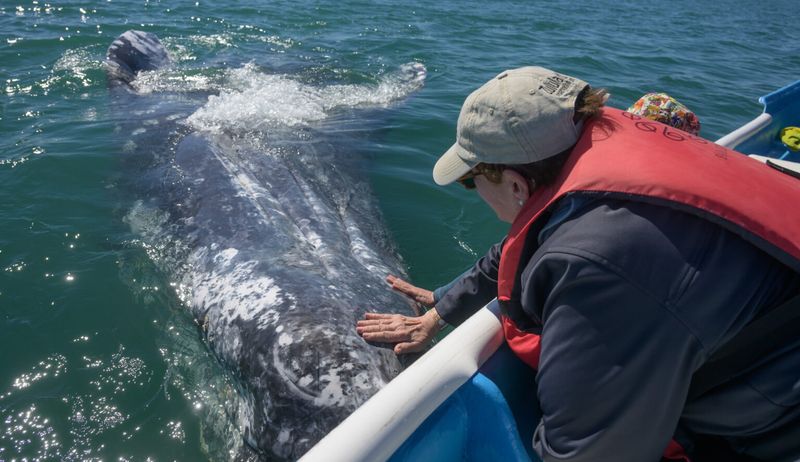
Gray whales in certain lagoons of Baja California have become famous for their friendly boat approaches. Mothers with calves will gently nudge small boats, seemingly encouraging humans to touch them. This behavior, unheard of in most wild animals, suggests extraordinary trust.
Marine biologists note that nothing in whale survival strategy explains this behavior. The whales appear genuinely curious about us, sometimes spending hours investigating boats when they could be feeding or resting.
Most remarkably, these approaches happen in areas where whaling once occurred. The whales’ willingness to forgive and initiate contact speaks to an intelligence that transcends simple instinct, suggesting deliberate attempts at connection.
Researchers Noticed Humpback Whales Making Bubble Rings Near People
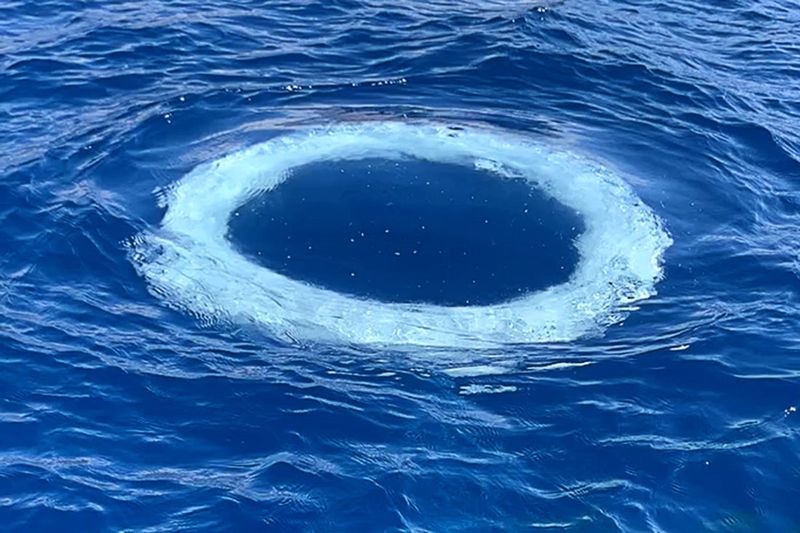
The discovery happened during routine observation dives off Hawaii’s coast. Researchers documented humpbacks creating perfect, floating rings of bubbles specifically when humans were present. Unlike bubble nets used for feeding, these rings served no obvious survival purpose.
The whales would release a precise stream of air from their blowholes, then manipulate it with gentle movements to form stable rings. They’d watch as humans reacted, sometimes creating additional rings in response to diver excitement.
Most tellingly, this behavior stopped when humans left the area. The bubble rings appeared to be deliberately crafted visual displays meant for human observers – a form of art or play intended to bridge the species gap.
These Rings Were Perfectly Symmetrical And Not Linked To Feeding
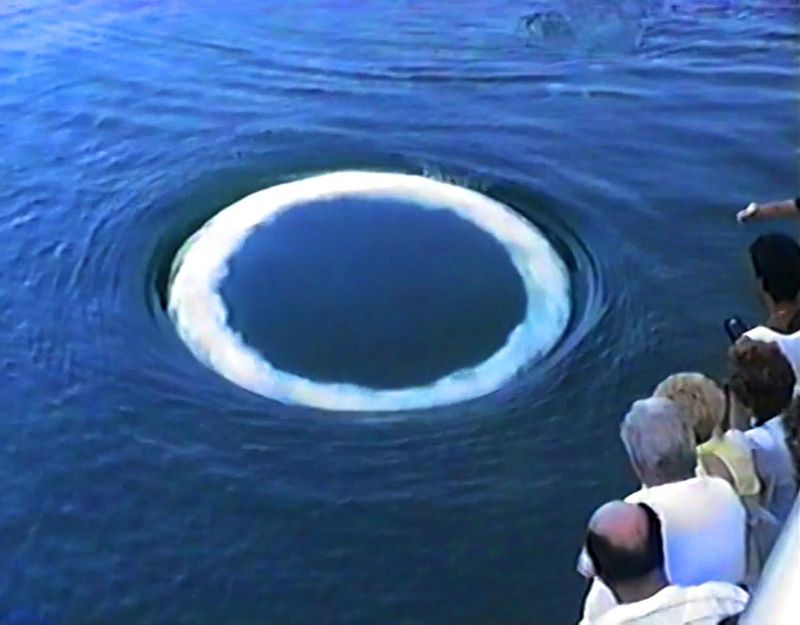
Marine biologists were stunned by the mathematical precision of these bubble formations. Each ring maintained perfect circular symmetry despite ocean currents, suggesting extraordinary breath control and understanding of fluid dynamics.
The timing seemed deliberate too. Whales would create rings during calm interactions, never during stressed states or hunting. Analysis of thousands of whale observations confirmed these displays only occurred with human audiences.
The bubble rings sometimes incorporated additional elements – small bubbles orbiting larger ones or sequential rings of decreasing size. This complexity rules out accidental formation. The rings represent intentional communication attempts using a visual medium humans can appreciate, bridging our different sensory worlds.
Scientists Believe It Could Be A Form Of Play Or Social Expression
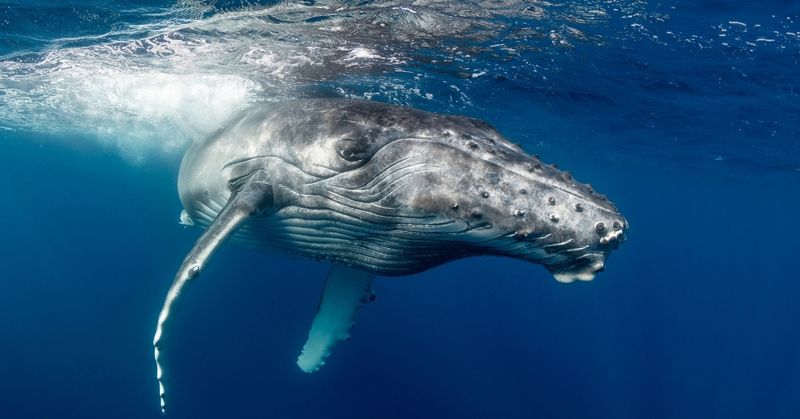
Play behavior serves crucial developmental functions in intelligent species. For whales, bubble ring creation might represent a form of cognitive play that demonstrates their creativity and problem-solving abilities to humans they encounter.
The social aspect seems equally important. Juvenile whales learn the technique from adults, suggesting cultural transmission of human-interaction methods. Researchers have documented whales watching human reactions and modifying their bubble displays accordingly.
This playful exchange resembles how humans might interact with unfamiliar cultures – using universal concepts like geometric shapes to establish common ground. The whales appear to be saying, “Look what I can create!” – a sentiment that transcends language barriers between our species.
The Study Hints At A Deeper Whale-Human Connection Than We Knew
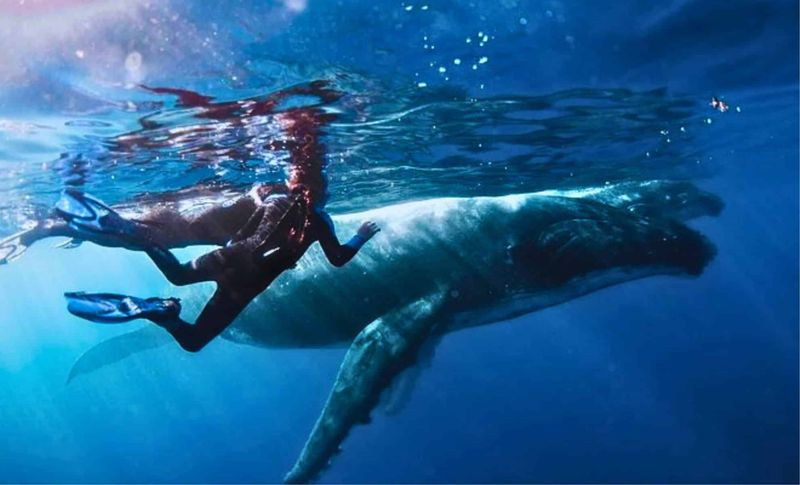
Recent findings from long-term whale tracking studies reveal something extraordinary: some whales appear to recognize specific research vessels and the humans aboard them. They respond differently to familiar boats, approaching more readily and engaging in more complex behaviors.
Brain scans of cetaceans show specialized neurons similar to those that handle face recognition in humans. This suggests whales might actually remember individual people they’ve encountered before.
Most surprisingly, researchers documented cases where whales appeared to seek human help when injured or entangled. These weren’t random approaches but deliberate attempts to position their bodies so humans could access fishing lines or hooks – suggesting they understand human capabilities and intentions.
Could We Be At The Start Of A New Chapter In Whale Communication?
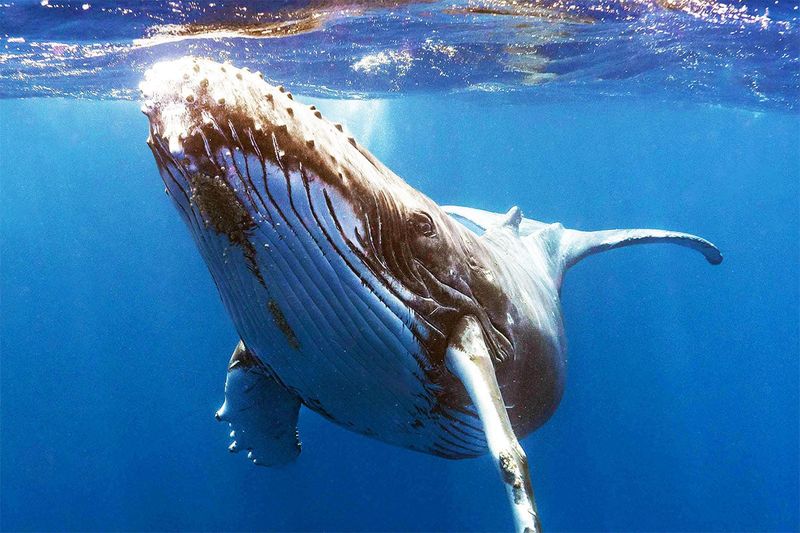
Cutting-edge research projects are now developing two-way communication systems. Scientists in Alaska have created underwater speakers that can replay specific whale calls, receiving consistent responses from wild orcas.
AI programs are beginning to decode patterns in whale vocalizations, identifying what might be names, greetings, or location markers. The hope is to eventually develop a rudimentary “whale dictionary” that could enable simple exchanges.
The implications extend beyond scientific curiosity. Understanding whale communication could revolutionize conservation efforts and transform humanity’s relationship with the ocean. As whales continue reaching out to us with bubbles, songs, and gentle approaches, we’re finally developing the tools to reach back.






